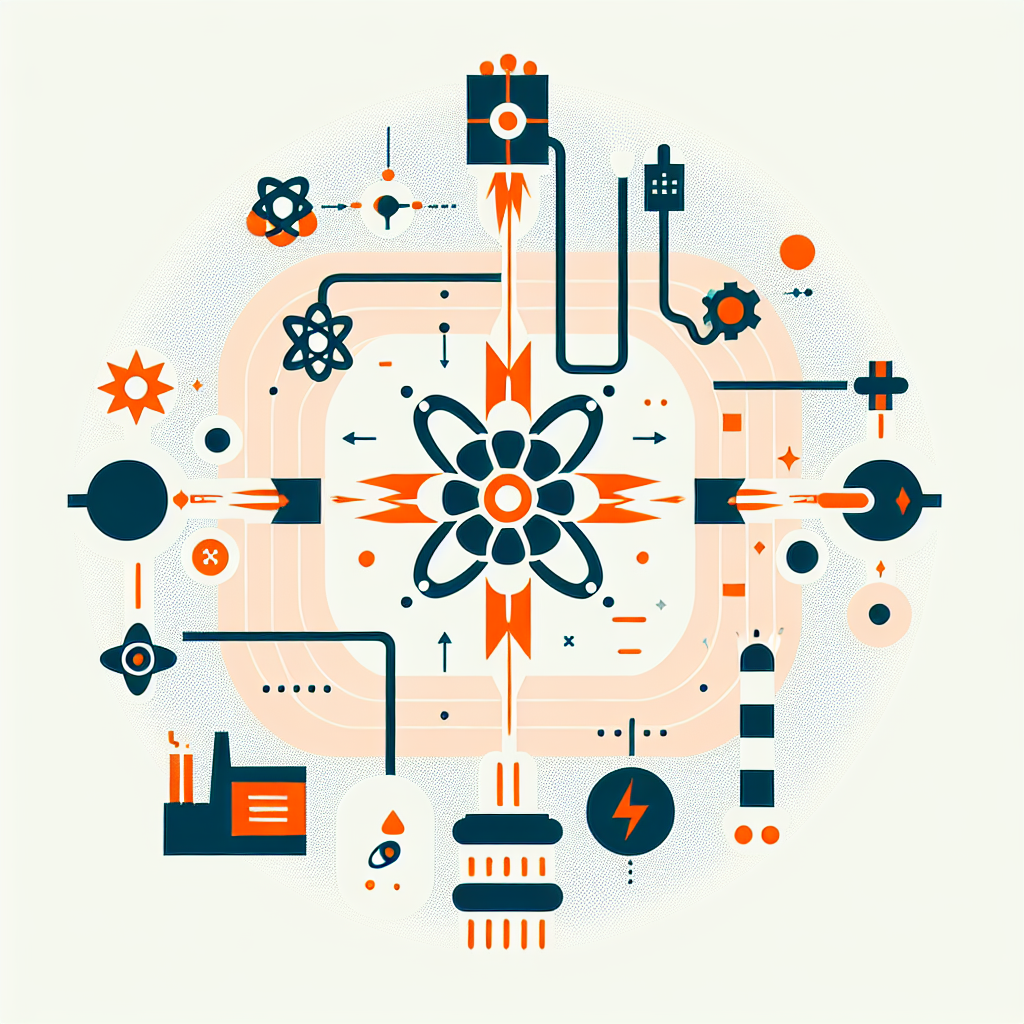
Nuclear Fusion
Nuclear fusion is a process in which two light atomic nuclei combine to form a heavier nucleus. This process releases a large amount of energy. It's like squashing two small pieces together to make a bigger one, but since the pieces don't easily stick together, intense heat and pressure are needed. This process powers our sun and stars, where hydrogen atoms fuse together to create helium, and in the process, release light and heat. Because it creates fewer radioactive byproducts than nuclear fission, it's considered to have significant potential for future clean energy solutions.
Additional Insights
-

Nuclear fusion is a process where two light atomic nuclei combine to form a heavier nucleus, releasing a significant amount of energy. This reaction powers stars, including our sun. In controlled settings, like fusion reactors, scientists aim to replicate this process to create a clean and virtually limitless energy source. Unlike nuclear fission, which splits heavy atoms and produces long-lived radioactive waste, fusion produces minimal waste and has the potential to provide a sustainable energy solution for the future, with advantages in safety and environmental impact.
-

Nuclear fusion is a process where two light atomic nuclei combine to form a heavier nucleus, releasing a significant amount of energy in the process. It is the same reaction that powers the sun and other stars. In fusion, when the nuclei overcome their natural repulsion, they release energy due to the conversion of mass into energy, according to Einstein's equation, E=mc². Fusion has the potential to provide a nearly limitless and clean energy source, as it produces minimal radioactive waste compared to nuclear fission, which is used in current nuclear power plants.